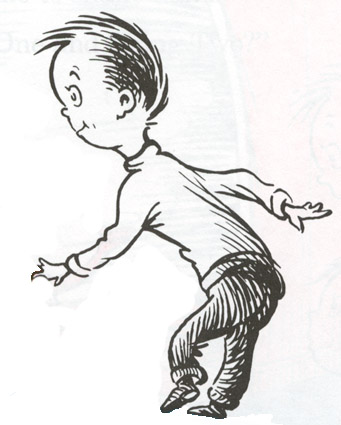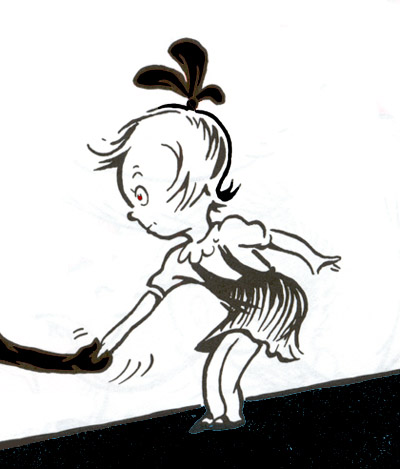|
no record of it exists |

|
DS: I did a couple of installation shows in Holland a bit later. One piece I'm still happy with, at least in memory, as no record of it exists: a large photograph of a race car on one wall, a photograph of an African tribal dancer on the opposite wall, and a row of lightbulbs on the floor that flashed in a random sequence after a piece of music was played. I've forgotten what the music was: very atmospheric, theatrical, and obscure. I was after a kind of temporal sequence that was supposed to produce hypnotic rhythm. I still have a very kinesthetic way of reading pictures.
DS: The most interesting things were happening in performance, installation, and theatre. It was a though art had been emptied out by formalism and we had to go back to the well and see what could be put back in. Godard was bigger than Warhol. One of the most influential and, I thought, terrific artists of that period was Vito Acconci. He was trying to find a voice that could contain all the contradictions, all the cultural influences and desires of life at that moment. He was putting everything into his work then. The artists as porous membrane through which everything passes but to which some highly refined residue sticks-the problem was to give that a concrete visual form. That is, of course, still the problem. DS: I start with an inability to see things singularly. The idea that you could muster the necessary belief in a mark or a shape to let that be the carrier of all the artistic meaning doesn't work for me. One thing automatically calls up another thing. And then that rhyme calls up a third thing to make a kind of chord. I have a musical analogy in mind. |
|
How do you feel about this |
|
RR: Your art looks like secondhand imagemaking, like a reproduction of a reproduction. How do you feel about this in terms of, as we put it these days, 'our visual culture'? Do you ever paint directly from the model?
DS: It's a difficult idea to get a hold of, that something, an image, can already be a poetic analogy of itself. If you repaint something, it is a new thing-it's not a reproduction: it's something else. The fragments, where they're from, work together like images in a poem, to form a new whole. It's a good question, though: Would the work have been better, deeper, more alive if it hadn't been so involved with existing stuff? It would have been different. |

|
responding to a landscape |
|
RR: Do you look at pictures with an eye for what you can cut out and use? Like great quotations?
DS: I just find that certain things move me to action. It's like someone responding to a landscape. Sometimes you go looking for an image the way a writer goes to the thesaurus or the poet to the rhyming dictionary. Sometimes when I see an image I want to liberate the form that is locked up inside it. |
|
Renoir can kiss my ass |
| DS: Renoir is an artist I can't stand, but he was of great use to both Magritte and de Chirico, two artists I love. It's interesting how a bad artist can influence a good one, but that's another conversation. |